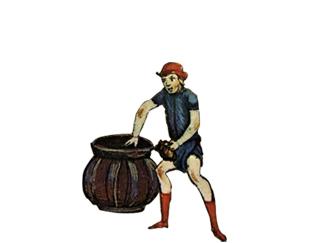

Vegetables have always formed an important part of the Cretan diet
Barley rusks and various types of bread, all of which contain olive oil
Varieties of Cretan grapes
Orange harvesting, 1926 (Nelly's, Benaki Museum, Athens)
In early 20th century Heraklion, market streets were paved and Cretan produce was in abundance (R. Behaeddin, No 23, Vikelaia Municipal Library, Heraklion)
Pulses, yet another important part of the Cretan diet, 2004 (photograph: Vassilis Kozonakis)









